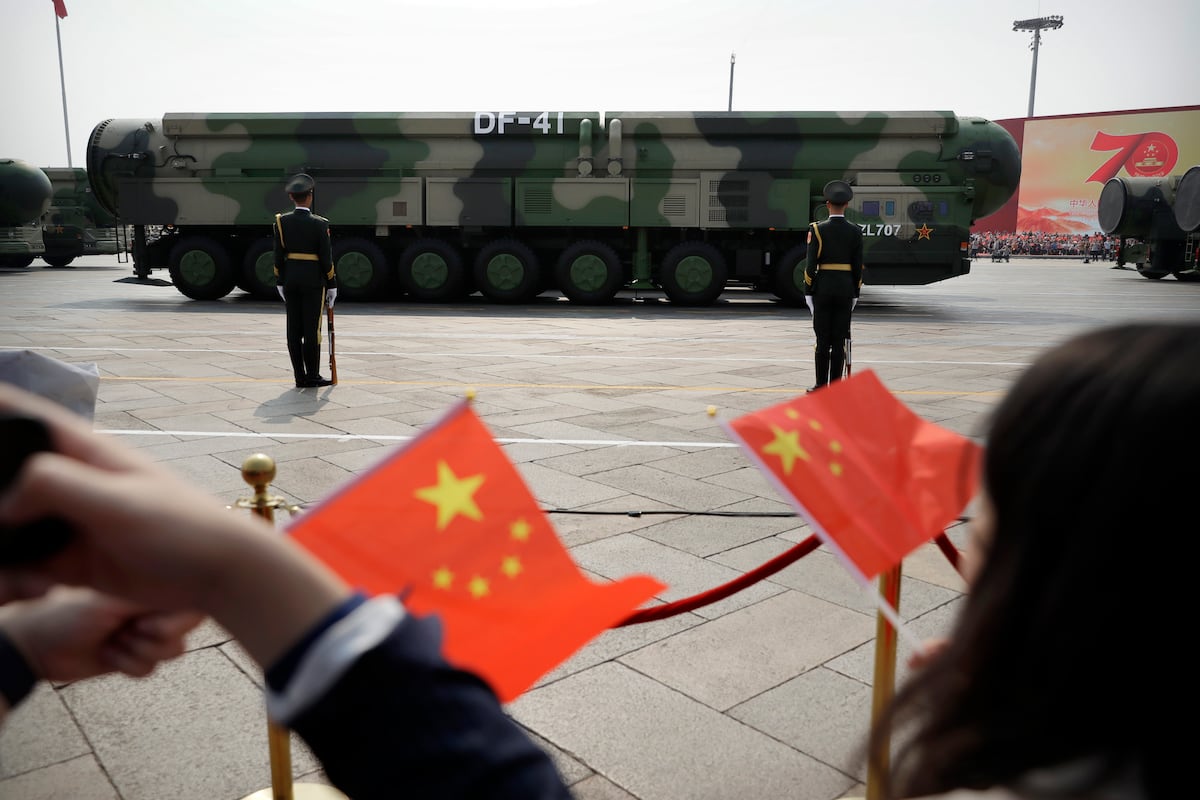The Case for Specialized Counter-Unmanned Aircraft Systems Training in the U.S. Army
As technological advancements in unmanned aerial systems (UAS) have evolved, so too have the challenges facing the U.S. Army in terms of air defense. The ongoing debate between broad-based training for all personnel versus targeted expertise for select specialists in counter-unmanned aircraft systems (C-UAS) encapsulates a critical question of operational effectiveness.
Generalists vs. Specialists: A Strategic Dilemma
Should every soldier be trained to contribute to C-UAS operations, thereby creating a versatile force capable of air defense? Alternatively, would it serve the Army better to cultivate a dedicated Military Occupational Specialty (MOS) focused solely on this area? This is the question that resonates within the ranks of military strategists.
The Push for a Dedicated C-UAS MOS
Capt. Peter Clifton, a prominent officer within the Army’s Air Defense Artillery, advocates for the establishment of a specialized C-UAS MOS. In his September essay for the Army’s Air Defense Artillery Journal, he asserts that such specialists would enhance defensive capabilities by protecting maneuver formations from enemy UAS and intelligence, surveillance, and reconnaissance (ISR) assets. He emphasizes:
- Freedom of Maneuver: Dedicated specialists would ensure that friendly forces maintain operational fluidity on the battlefield.
- Situational Awareness: By neutralizing enemy UAS capabilities, these specialists would safeguard the locations and movements of friendly units.
Current Training Gaps
Clifton identifies a significant shortcoming in the Army’s existing C-UAS training framework, pointing out that the Joint C-UAS course is often an afterthought, pulling soldiers away from their primary responsibilities. This lack of focus not only dilutes mission preparedness but also hampers overall unit effectiveness.
Overburdened Personnel
With maneuver units already managing multiple responsibilities, integrating C-UAS expertise into the standard toolkit risks overextending personnel. Adding C-UAS duties to soldiers who already juggle roles in small arms, machine gun operation, and anti-tank capabilities can lead to:
- Decreased Operational Readiness: Mission command can suffer when personnel are stretched thin, limiting their ability to engage effectively with adversary forces.
- Legacy Issues: When units prioritize other operational areas, C-UAS training tends to be sidelined, only to resurface in reaction to immediate threats, such as drone swarms.
Acknowledging the Need for Improvement
The Army itself recognizes the necessity for enhanced C-UAS training. A recent report from the Center for Army Lessons Learned highlighted deficiencies observed during exercises at the National Training Center. Notably, the report underscored:
- Limited Training Focus: A tendency to prioritize conventional tactics over C-UAS training means that the latter remains inadequately addressed until a specific incident occurs.
- Standard Operating Procedures Deficiencies: Units rotating through the National Training Center often lack well-defined protocols, hindering the successful integration of C-UAS capabilities.
Advantages and Disadvantages of Specialized Training
Research from various defense policy think tanks indicates both potential advantages and disadvantages to specializing in C-UAS roles:
Benefits
- Enhanced Integration: Specialists would more effectively weave C-UAS operations into standard maneuvering tactics, ensuring that these capabilities are not just add-ons but integral components of mission planning.
- Focused Training: A dedicated C-UAS MOS could foster more thorough, responsive training regimens that remain up-to-date with evolving technological threats.
Challenges
- Resource Allocation: Developing specialized training programs would demand considerable investment in time and financial resources.
- Slower Response Times: Limiting counter-drone capabilities to trained specialists could potentially delay reaction to aerial threats, especially in crisis situations where rapid response is paramount.
Recruitment Potential and Future Considerations
Interestingly, a C-UAS MOS could yield benefits beyond mere operational efficiency. Capt. Clifton posits that such a specialized career field might serve as a recruitment advantage, particularly appealing to younger generations with interests in technology and gaming. He notes:
- Tech-Savvy Recruits: Individuals familiar with systems akin to gaming controllers may adapt more quickly to complex military technologies, resulting in accelerated training timelines and potentially reduced costs.
As the Army grapples with the evolving landscape of warfare, the debate over generalist versus specialist training in counter-drone capabilities remains paramount. Key stakeholders must carefully weigh these considerations to optimize defensive strategies in an era increasingly characterized by the proliferation of unmanned aerial systems. Both immediate threats and future operational scenarios necessitate a robust and targeted approach to C-UAS training that aligns with the Army’s strategic objectives.





